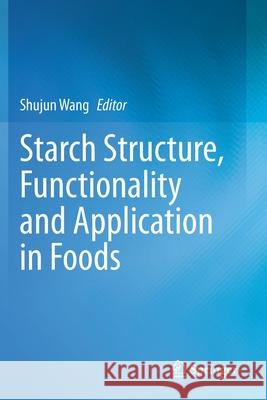Starch Structure, Functionality and Application in Foods » książka
topmenu
Starch Structure, Functionality and Application in Foods
ISBN-13: 9789811506246 / Angielski / Miękka / 2021 / 188 str.
Kategorie:
Kategorie BISAC:
Wydawca:
Springer
Język:
Angielski
ISBN-13:
9789811506246
Rok wydania:
2021
Ilość stron:
188
Waga:
0.27 kg
Wymiary:
23.39 x 15.6 x 1.02
Oprawa:
Miękka
Wolumenów:
01
Dodatkowe informacje:
Wydanie ilustrowane











